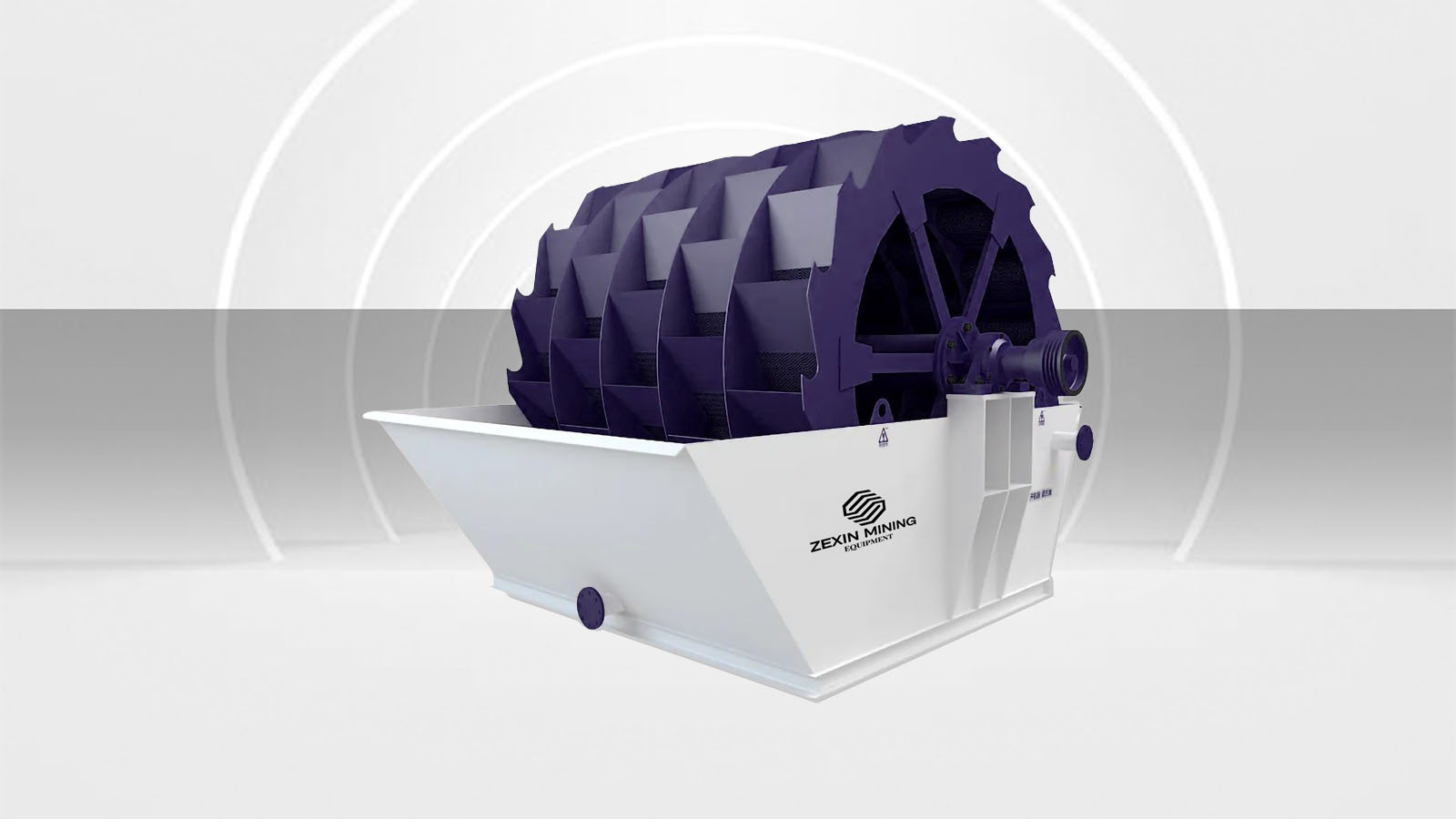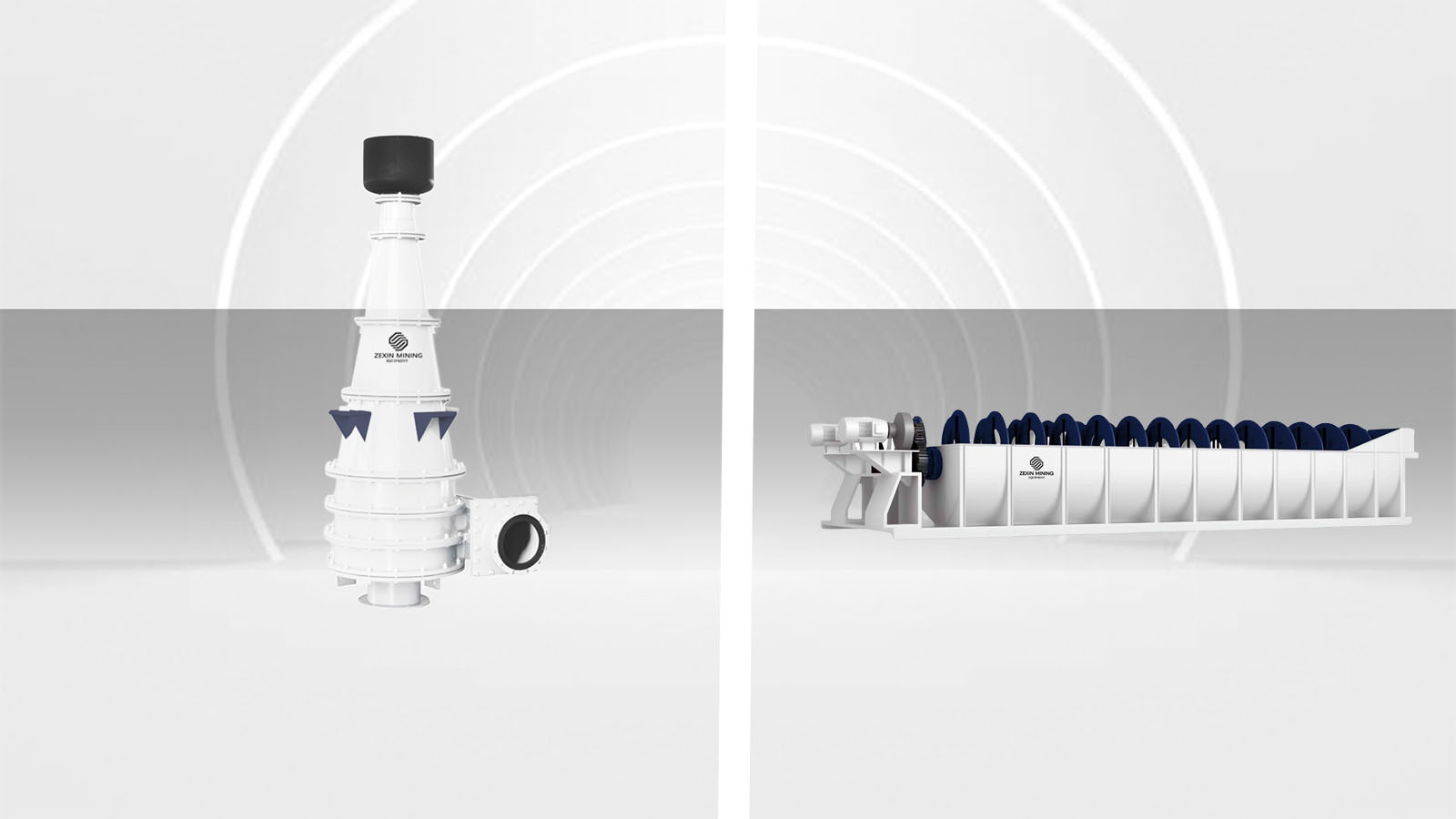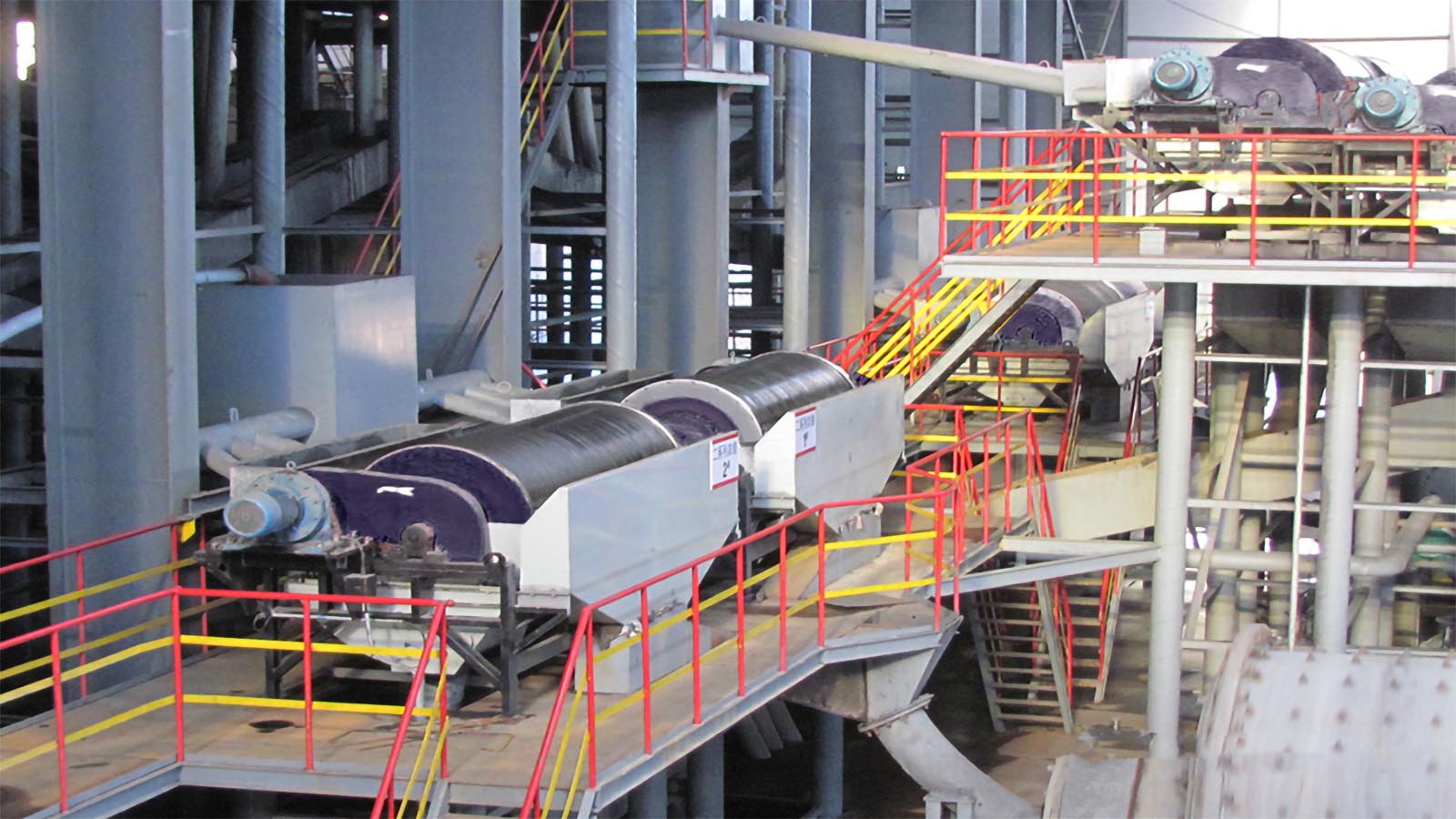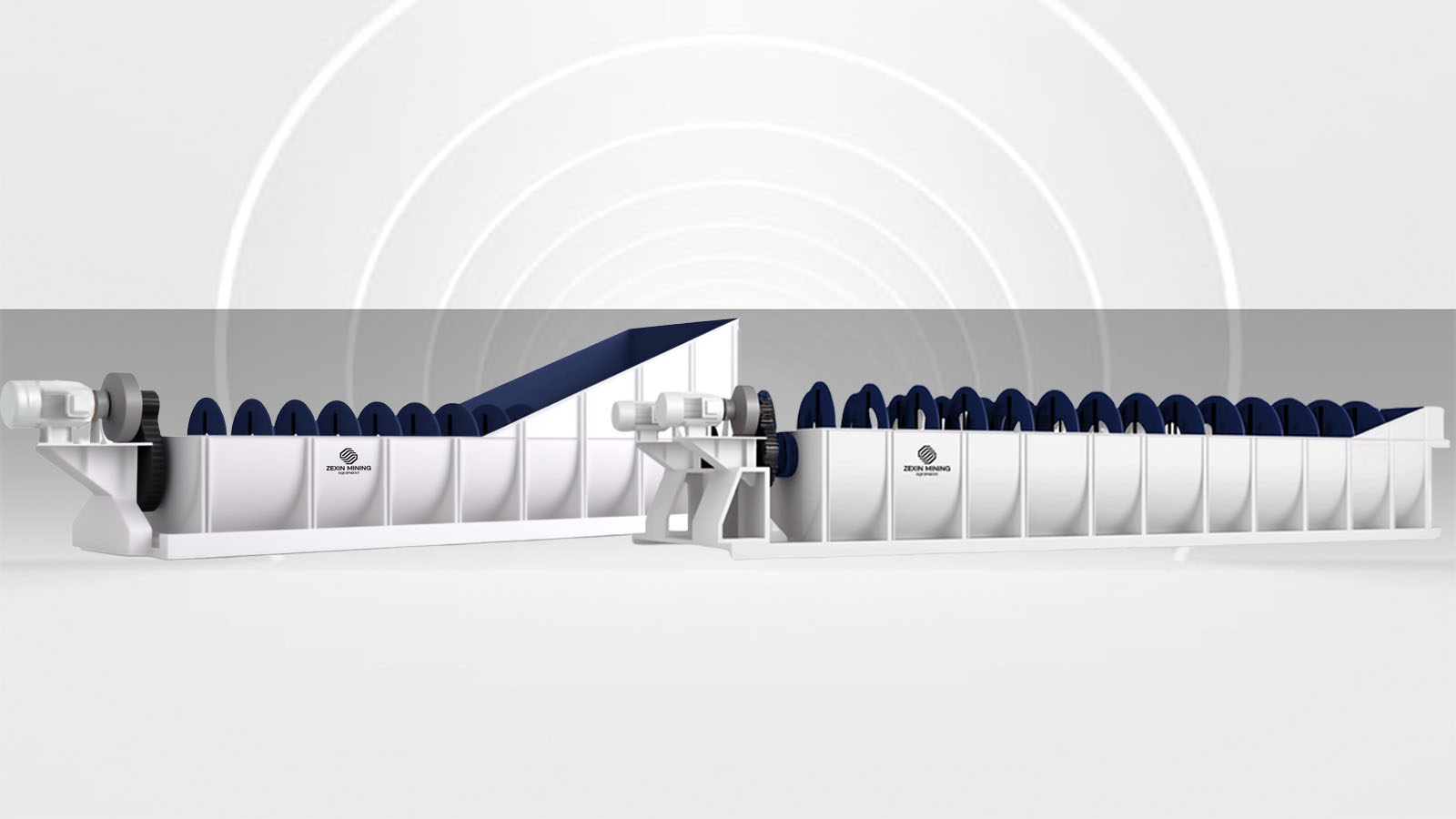
Clay minerals, as essential raw materials in ceramics, construction materials, and chemical industries, have quality that directly impacts the performance and properties of end products. Clay minerals typically present extremely fine particle structures (generally less than 0.01 millimeters), with characteristic layered silicate or aluminosilicate features. Their main components include SiO₂ and Al₂O₃, often containing certain amounts of Fe₂O₃, MgO, and smaller quantities of K₂O, Na₂O, and CaO. However, natural clay deposits frequently contain numerous impurities such as sand, gravel, and organic matter, which significantly reduce clay mineral purity and negatively affect subsequent processing. This article explores the crucial role and innovative applications of mineral washing equipment in clay mineral processing.
Characteristics and Processing Challenges of Clay Minerals
Clay minerals, as an important class of industrial materials, exhibit the following typical characteristics:
- Fine Particle Structure: Clay mineral particles are typically smaller than 0.01 millimeters, giving them a large specific surface area
- Layered Crystal Structure: Their characteristic two-dimensional layered structure imparts unique physicochemical properties
- Plasticity: When in contact with water, clay minerals exhibit varying degrees of plasticity, one of their most important technological properties
- Diversity: Common clay minerals include kaolinite, illite, montmorillonite, vermiculite, and sepiolite, each with distinctive properties
However, clay minerals in nature often contain multiple impurities that not only reduce their purity but also adversely affect subsequent processing technologies. Therefore, effective impurity removal becomes the primary challenge in clay mineral processing.
Types and Characteristics of Mineral Washing Equipment
To address the preprocessing needs of clay minerals, various types of washing equipment have been developed, each with unique features suitable for different clay mineral properties.
1. Drum WashersDrum washers are among the most common washing equipment, featuring a slowly rotating cylinder with internal agitation blades and washing systems.
- Technical Advantages: Drum washers effectively remove clay and impurities from mineral surfaces through the combined action of friction generated by cylinder rotation and high-pressure water jets. They simultaneously perform washing and classification functions, capable of producing coarse, medium, and fine products according to requirements
- Application Scenarios: Particularly suitable for processing difficult-to-wash minerals with high clay content and strong cohesion, such as clay-bearing iron ore and manganese ore, with maximum feed size reaching 100mm
- Process Characteristics: High processing capacity, efficient cleaning, and wastewater recyclability after sedimentation, meeting environmental requirements
2. Log WashersLog washers, also known as log washer tanks, are specialized equipment designed for processing highly plastic clay minerals.
- Technical Advantages: Employing a unique impeller agitation design that creates intense turbulence in water-filled tanks, effectively dispersing clay minerals and separating impurities
- Application Scenarios: Particularly suitable for processing clay minerals with high mud content (≥20%) and plasticity index greater than 15
- Process Characteristics: Often used in combination with drum washers, forming a "drum pre-washing + log washer fine washing" combined process, significantly enhancing the processing efficiency of difficult-to-wash clay minerals
3. Spiral WashersSpiral washers feature simple structures and stable operation, making them ideal equipment for processing moderately washable clay minerals.
- Technical Advantages: Utilizing spiral blades to propel materials forward with tumbling motion in water, leveraging buoyancy and blade scrubbing action to separate mud and sand
- Application Scenarios: Suitable for processing clay minerals with moderate mud content, also widely used in washing iron ore, tin ore, and other minerals
- Process Characteristics: Low energy consumption, compact structure, easy maintenance, minimal sand and gravel loss, high processing capacity, and low operating costs
Core Working Principles of Mineral Washers
Although different types of washing equipment vary in structure and application, their core working principles remain fundamentally similar, primarily including the following aspects:
- Hydraulic Washing Action: Using high-pressure water jets to directly impact mineral surfaces, softening and removing adhered clay and impurities
- Mechanical Agitation: Through rotating drums, blades, or spirals, causing minerals to tumble, collide, and rub against each other within the equipment, accelerating the detachment of loose impurities
- Classification and Screening Functions: Some washing equipment integrates screening systems, simultaneously completing the classification of materials of different particle sizes during the washing process, improving processing efficiency
- Solid-Liquid Separation: Separating washed-out impurities from valuable minerals through sedimentation, overflow, or mechanical dewatering
Application Scenarios of Washing Equipment in Clay Mineral Processing
Washing equipment technology plays a crucial role throughout the entire lifecycle of clay mineral processing, with primary application scenarios including:
1. Mining Stage Applications- Open-pit Mine Preprocessing: In open-pit clay mining areas, mobile washing units can be installed to preliminarily clean extracted raw ore, reducing transportation burden
- Underground Mine Processing: For underground-mined clay minerals, washing equipment can be installed at the hoisting point to remove surface loose impurities
2. Mineral Processing Plant Applications- Preprocessing Stage: As the first procedure in the mineral processing flow, washing equipment effectively removes sand, gravel, organic matter, and other impurities from clay minerals, laying the foundation for subsequent fine processing
- Process Optimization: Through rational configuration of washing equipment, a "coarse washing-screening-fine washing" multi-stage processing flow can be formed, significantly improving clay mineral purity
3. Deep Processing Applications- Functional Clay Mineral Preparation: In the preparation of high-purity functional clay minerals (such as bentonite, activated clay), washing is a critical step in enhancing product quality
- Specialty Ceramic Raw Material Processing: For high-quality clay minerals used in specialty ceramic production, fine washing is a necessary means to ensure raw material purity
Economic and Environmental Benefits of Washing Equipment Applications
The application of washing equipment in clay mineral processing not only enhances mineral quality but also brings significant economic and environmental benefits:
- Increased Product Value: By effectively removing impurities and improving the purity and uniformity of clay minerals, the market value of products is significantly enhanced
- Reduced Downstream Processing Costs: Clean clay minerals reduce energy consumption and reagent usage in subsequent processing stages while extending equipment service life
- Comprehensive Resource Utilization: Sand and gravel separated during the washing process can be recycled as construction materials, achieving cascaded resource utilization
- Reduced Environmental Impact: Modern washing equipment commonly employs water recycling systems, substantially reducing water resource consumption and wastewater discharge
Equipment Selection and Application Recommendations
For different types of clay minerals, the Zexin Technical Team offers the following washing equipment selection recommendations:
- Kaolin: For fine-grained clay minerals like kaolin, spiral washers or log washers are recommended, combined with fine screening equipment to ensure product uniformity
- Bentonite: Bentonite exhibits strong water absorption and expansion characteristics; processing should employ a combination of drum washers and log washers to ensure thorough dispersion and cleaning
- Illite: Illite-type clay minerals can be processed using spiral washers, offering simple operation and low energy consumption
- Complex Co-occurring Clay Minerals: For complex ores with multiple co-occurring clay minerals, a multi-stage washing process is recommended, combining the advantages of different washing equipment types to achieve optimal processing results
In conclusion, washing equipment technology, as a critical link in clay mineral processing, not only effectively enhances clay mineral quality but also significantly improves subsequent processing effects while reducing production costs. As clay mineral applications continue to expand in high-end manufacturing, environmental materials, and other fields, innovations and developments in washing technology will continue to provide strong support for the efficient utilization of clay mineral resources.
Related News

Classification Equipment Selection Guide: Comprehensive Comparison Between Spiral Classifiers and Hydrocyclones

Advanced Iron Ore Processing: Comprehensive Analysis of Four Major Magnetic Separator Types
